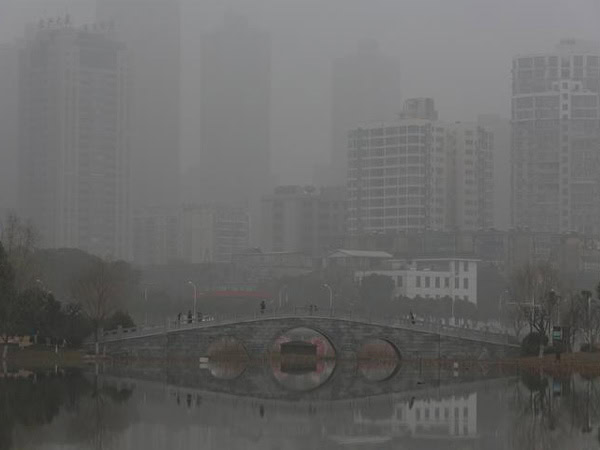If there is one lesson that policymakers ought to have learnt by now from the pollution crisis that engulfs Delhi with unfailing regularity around Diwali, it’s this: Clearing the unhealthy haze requires them to plan well before the festival.
Unfortunately, however, desperation remains the name of the game for the city’s pollution control authorities. On Wednesday, more than 300 people were arrested for defying the Supreme Court’s restrictions on bursting crackers. The court’s stipulation that people can burst “green crackers” between 8 pm and 10 pm on the day of the festival was, no doubt, a less stringent version of last year’s all-out ban on fireworks. Even then, it was problematic.
For one, like all pollution control measures implemented in the past five years, the curbs on fireworks are a top-down decision. Last year, the Supreme Court had suggested that its ban was a “natural follow-up” to awareness campaigns run by civil society organisations which urge citizens to “say no to crackers”. However, this ban failed to bring down the levels of particulate matter appreciably. And the fact that its watered down version did not do much better this year shows that much more needs to be done by way of persuasion to make people give up a practice seen as synonymous with the festival.
Moreover, the court’s directives for green crackers came too late in the day. The National Environmental Engineering Research Institute and a few other government laboratories have developed less polluting fireworks, but clearances required for commercial production were not in place in time to cater to the Diwali demand.
Last year, the Supreme Court-mandated Environment Pollution Prevention and Control Authority (EPCA) promised a departure from the knee-jerk methods of countering pollution. Nine months before the festival, it put in place a Graded Response Action Plan (GRAP) that envisaged taking progressive steps before waiting for a red alert to be sounded. But when it was implemented, just before Diwali, GRAP bore all the hallmarks of policies that have come a cropper in the past five years — bans, fines, and other punitive measures.
Where had the pollution control authorities gone wrong? GRAP required Central, state and local government agencies — municipal corporations of all the NCR towns, police, traffic police and the transport departments — to work together. More importantly, it required these government bodies to build linkages with resident welfare associations. Such linkages hold the key to changing mindsets and creating cultural changes, including those that require people to take ownership of the air they breathe.
But GRAP’s failures last year did not alert Delhi’s pollution control agencies to the urgency of investing in such networks. As Delhi confronts its latest tryst with the smog, these agencies would do well to give a thought to filling in the missing links

